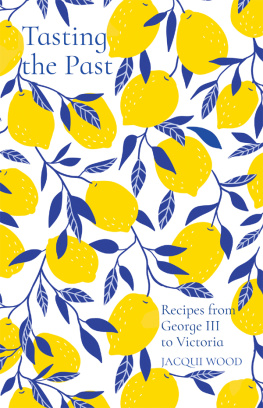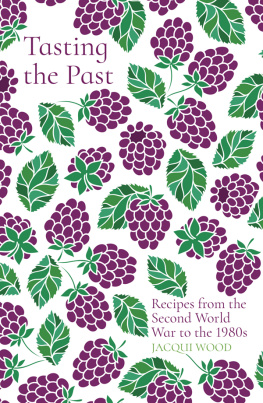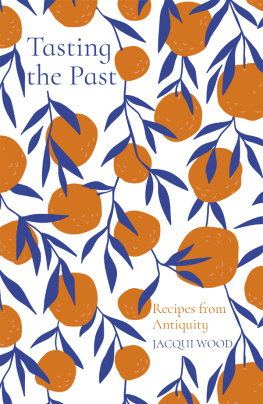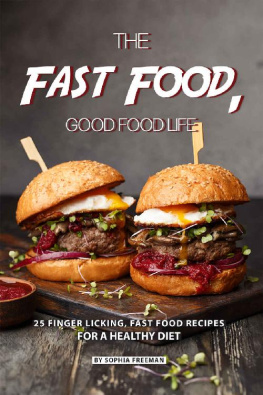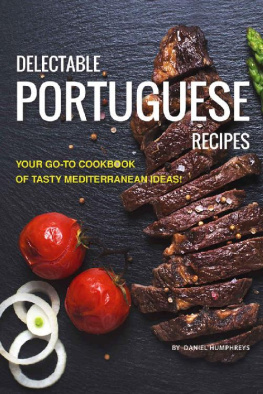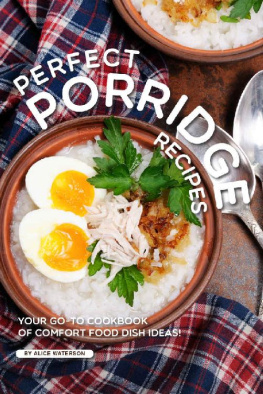Contents
Guide
Tasting the Past
Tasting the Past
Recipes from George III to Victoria
JACQUI WOOD

Illustrations: Utro_na_more/iStockphoto
First published 2009, as part of Tasting the Past: Recipes from the Stone Age to the Present
This edition published 2019
The History Press
97 St Georges Place, Cheltenham,
Gloucestershire, GL50 3QB
www.thehistorypress.co.uk
Jacqui Wood, 2009, 2019
The right of Jacqui Wood to be identified as the Author of this work has been asserted in accordance with the Copyright, Designs and Patents Act 1988.
All rights reserved. No part of this book may be reprinted or reproduced or utilised in any form or by any electronic, mechanical or other means, now known or hereafter invented, including photocopying and recording, or in any information storage or retrieval system, without the permission in writing from the Publishers.
British Library Cataloguing in Publication Data.
A catalogue record for this book is available from the British Library.
ISBN 978 0 7509 9352 4
Typesetting and origination by The History Press
Printed and bound in Great Britain by TJ International Ltd.
eBook converted by Geethik Technologies
Contents
BRITISH FOOD has been hard to categorise in the past compared to the very distinctive cuisines of countries such as Italy, France and Germany. This is because it is an amalgamation of all of them, in the same way that the English language is a combination of five European languages: Celtic, Latin, Saxon, Viking and Norman. Our cuisine, too, is a combination of the typical foods of those that once conquered Britain over a thousand years ago.
But Britains assimilation of the foods of other cultures did not stop after the Norman Conquest. During the medieval period, the spices brought from the Crusades by the Normans were used in almost every dish by those who could afford them. When Britain itself began to have colonies, the culinary embellishments to our diet began again. During the Elizabethan period, strange produce coming from the New World was also adopted with relish by our forbears.
The Civil War period introduced Puritan restrictions to our daily fare, making it against the law to eat a mince pie on Christmas Day because it was thought a decadent Papist tradition. The Georgians took on chocolate and coffee with gusto and even moulded their business transactions around the partaking of such beverages. But it was really not until the Victorian period when it was said that the sun never set on the British Empire that our diet became truly global in nature.
This book will hopefully become a manual for those readers who want to put on a themed dinner party, providing a wide selection of recipes from each period in history. I have not included those recipes that I feel you would never want to make, but instead have focused on dishes that will allow you to experience what it was really like to eat during those particular periods. No one, apart from the truly adventurous among you, is going to acquire a cows udder from the butcher and stuff it as they did in the medieval period, or stuff a fishs stomach with chopped cods liver!
Each chapter will begin with a brief introduction to the foods of the period that I found particularly fascinating during my research, and will end with the traditional festive food of the period. If you want to celebrate your Christmas in a completely different way, why not try a sumptuous Georgian banquet?
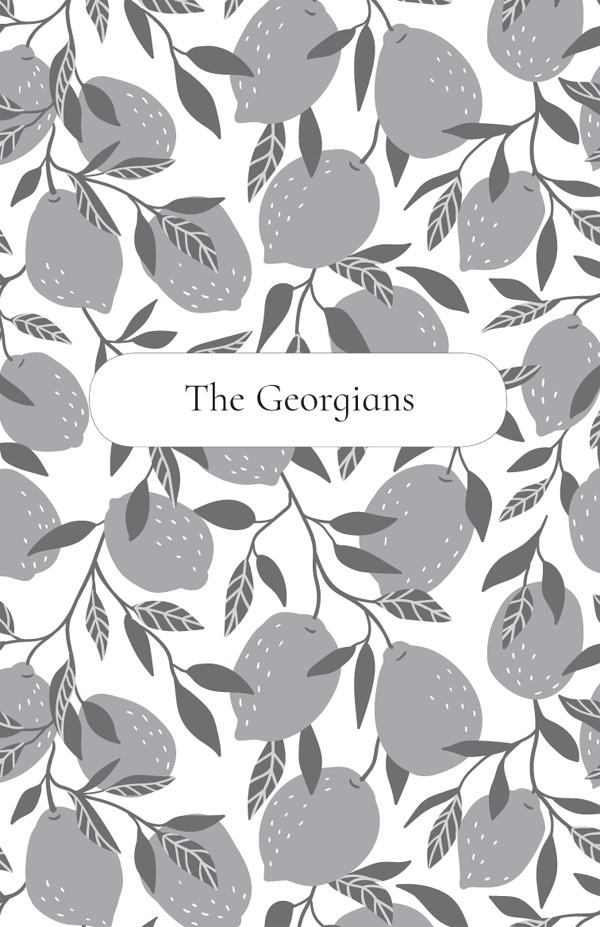
THINK OF THE ROYAL CRESCENT and Jane Austen centre in Bath and we have arrived at the Georgian period, characterised by genteel dances at assembly rooms, where mothers sought good suitors for their daughters. But outside that cosseted genteel world were the stirrings of the Industrial Revolution, and new towns were being built to house vast work forces that left their rural idyll for the riches of the towns. While there was always a large gap between the nobility and the peasantry, it was somehow becoming more palpable as they were both living in the same towns. Beggars would sit on frosty street corners and watch gilt carriages sweep past carrying ladies wrapped in furs. This movement to the towns also had a much greater effect on the food of the poor than had been seen in any other period. In the country, the farm worker at least had access to wild berries and nuts and an endless supply of root vegetables. In the towns, however, the factory workers crammed into their tiny terraced houses had no room to grow anything with which to supplement their basic diet.
There were also serious transport problems during this time, as the raw materials needed to manufacture their goods were brought to the new towns via muddy and badly maintained roads. More importantly, though, the labour force for the new factories also needed their food brought to them, and so the first canals were built in the to solve this problem. They also made it possible to transport delicate goods from the factories to the coastal ports. Josiah Wedgwood built his pottery works alongside these canals in order to transport his china without breakages throughout the country and onto ships at various ports.
At the other end of the scale, chocolate and coffee houses became the centres of fashionable social life. There were at one time over 500 in London alone. There were also chocolate and coffee houses for the supporters of various political parties: The Coco Tree Chocolate House for the Tories, for instance, and St James Coffee House for the Whigs. Alcoholic drinks were not served in these houses, but pipe smoking was very common. Coffee houses, however, went into decline in the mid-eighteenth century, as tea drinking became the universal British pastime. It was drunk in even the poorest homes throughout the land by the reign of George III. Tea was always drunk black at first, as it was in the countries it came from, until someone suggested that it could damage the stomach if drunk too frequently. And so it was suggested by medical men at the time that if a little milk was added to the tea, it would line the stomach and the drink could be enjoyed as frequently as desired.
This was also a time of great innovations in the kitchens of the stately homes, with the invention of a newly devised clockwork mechanism for turning the spit on which whole pigs or sheep were roasted. This device subsequently took the place of a poor kitchen worker, who would previously have spent all day manually turning those great spits whenever there was a great banquet planned. This period also saw the beginnings of the mass-produced oven. Until then, most people sent their pies to the local baker to have them cooked, as they had always done. But with the improved ironworks of the blossoming Industrial Revolution, ovens became more widely available.
The development of printing presses, too, introduced the middle classes to all manner of educational pursuits, of which cookbooks were one of the most popular. At first, the books were primarily the recipes of the famous French chefs of the time, who created gastronomic wonders for the aristocracy dishes that the newly rich wanted to taste for themselves. But the war with France during the eighteenth century encouraged a new wave of patriotic cooking. Some of the well-known cookery writers of the day, such as Hanna Glasse, promoted good English cooking in her books. Her book,

